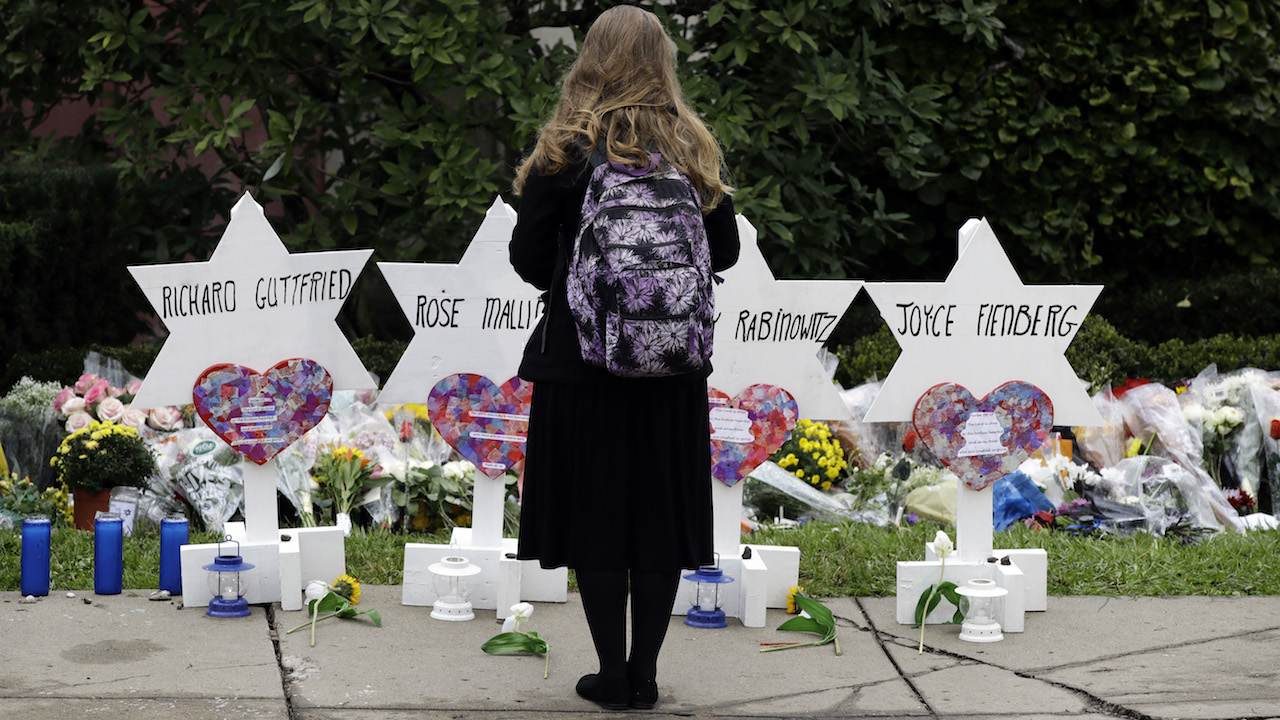By Alan D. Wolfelt, Ph.D.
“If you are seeking a time when you will be finished, you will never be done.” – Tibetan saying
In these contemporary times, you may be led to believe that you need to achieve “closure” after the death of someone in your life. As a matter of fact, you may have already experienced someone approaching you and asking, “Have you had closure yet?”
In fact, “closure” as an end goal in grief is such a common misconception that many people have thoroughly internalized it. If we don’t challenge this misconception, we are at risk for considering it a given – and we will no doubt struggle when we find that we’re unable to cross the mythical finish line. Why aren’t we reaching closure? Is there something wrong with us?
In our society, for a multitude of reasons – in part because of our need to try to put a happy face on things even when we should have proper sorrows of the soul, our lack of understanding of the role of hurt, pain, and suffering in the healing process, a desire for instant gratification, short social norms for mourning, lack of knowledge about grief and the need to mourn, and the inappropriate application of linear time-frames, we may lose patience with our grief when we really need to be self-compassionate.
For all too many people, closure means leaving grief behind and “putting the past in the past.” Sadly, it often reflects how people around you want to “move on with life,” even to the extent of inviting you to deny or ignore your grief entirely. Yet, when someone precious dies, this inappropriate goal of closure, is not only impossible but, in fact, undesirable. Just think – if we so completely detached from our life loses, we would not only close the door on the pain we would also cut off our connection to those that go before us.
extent of inviting you to deny or ignore your grief entirely. Yet, when someone precious dies, this inappropriate goal of closure, is not only impossible but, in fact, undesirable. Just think – if we so completely detached from our life loses, we would not only close the door on the pain we would also cut off our connection to those that go before us.
No, nothing is wrong with us. What’s wrong is the goal of closure. The truth is that we as humans do not get over grief. There is no shutting the door. There is no tidy resolution or total sense of completion. There is no discrete end point. Just as love goes on, so too does grief.
While it’s true that when someone we love dies, the death ends – forever—our experience of live, bodily presence with that person, our love for them and our missing them go on. As the body is being laid to rest – an event that is sometimes associated with “closure” – we grievers are just getting acquainted with our grief and our needs of mourning.
But there is hope! There is something we can work to experience in our grief. When we actively mourn – taking our grief from the inside to the outside, we are working toward healing. We are moving and changing. Over time and with the support of others, to mourn actively and regularly is to find ways to integrate loss into our continued living. Remember – our grief comes with us, we don’t “leave it behind.” There is no closure, but there is what I call “reconciliation.”
——————————————————————————————————————————
To heal in in grief is to become whole again, to integrate your grief into yourself and to learn to continue your changed life with fullness and meaning. Experiencing a new and changed “wholeness” requires that you engage in the work of mourning. It doesn’t happen to you; you must stay open to that which has broken you.
Healing is a holistic concept that embraces the physical, cognitive, emotional, social, and spiritual realms. Note that healing is not the same as curing, which is a medical term that means “remedying” or “correcting.” You cannot correct your grief, but you can heal it.
——————————————————————————————————————————-
Reconciliation instead of closure
Reconciling our grief means integrating our new reality of a life without the physical presence of the person who died. Not just surviving, but really living, even thriving. It typically takes months and years of hard work to get there. You very slowly, with no rewards for speed, begin to perceive a life different from what you had planned, a life where you are able to acknowledge the death while remembering the life. We are well served to remember that it is a cliché to say, “time heals all wounds.” As a matter of fact, grief waits on welcome, not time.
With reconciliation comes a renewed sense of energy and confidence and a capacity to become re-involved in the activities of the living. There is also an acknowledgement that pain and grief are difficult, yet necessary, parts of life. While it still demands your attention, you are not crippled by it.

As the experience of reconciliation unfolds, you will recognize that life is and will continue to be dramatically different without the presence of the person who died. We come to reconciliation in our grief journeys when the full reality of the death becomes a part of us. Beyond an intellectual working through of the death, there is also an emotional and spiritual working through. What had been understood at the “head” level is now understood at the “heart” level.
To choose the path that leads to reconciliation requires that you first descend, not transcend. You don’t get to go around or above or below your grief. You must go through it. And while you are going through it, you must also find ways to continually express it if you are to integrate it into your heart and soul.
You will find that as you begin to reach toward reconciliation, the sharp, ever-present pain of grief will give rise to a renewed sense of meaning and purpose. Your feelings of loss will never completely disappear, of course, yet they will soften, and the intense pangs of grief will become less frequent. Hope for a continued life will emerge as you are able to make commitments to the future, realizing that the person who died will never be forgotten but that your life can and must continue. The unfolding of this journey is not intended to create a return to an “old normal” but instead a recognition of transformation: “an entire change in form.”
Signs of reconciliation
To help you explore where you might be on the path to reconciliation, I’ve created the following list. You don’t have to check each item for incremental healing to be taking place. Reconciliation is an ongoing process. In fact, if you are early in your work of mourning, you may not recognize any of these signs. Regardless, this list will give you a way to monitor your movement toward healing and trust that if you are actively mourning, you are on the path of integrating this transformative experience into your life.
- A recognition of the reality and finality of the death.
- A return to the stable eating and sleeping patterns.
- A renewed sense of release from the person wo has died. You will have thoughts about the person, but you will not be preoccupied by these thoughts.
- The capacity to enjoy experiences in life that are normally enjoyable.
- The establishment of new and healthy relationships.
- The capacity to live a full life without feelings of guilt or lack of self-respect.
- The drive to organize and plan your life toward the future.
- The serenity to become comfortable with the way things are rather than attempting to make things as they were.
- The versatility to welcome more change in your life.
- The awareness that you have challenged yourself to mourn heroically—and you have survived.
- The awareness that you do not “get over” your grief; instead, you have a new reality, meaning, and purpose in your life.
- The acquaintance with new parts of yourself that you have discovered in your grief journey.
- The adjustment to new role changes that may have resulted from the loss of your relationship.
- The acknowledgement that the pain of loss in an inherent part of life resulting from the ability to give and receive love.
Reconciliation does not happen all at once. Instead, it emerges much in the way grass grows. Usually we don’t check our lawns daily to see if the grass is growing, but it does grow and soon we come to realize it’s time to mow the grass again. Likewise, we don’t look at ourselves each day as mourners to see how we are healing. Yet we do come to realize, over the course of months and years, that we have come a long way.
One of my greatest teachers, C.S. Lewis, wrote in A Grief Observed about grief symptoms as they eased on his journey to reconciliation. “There was no sudden, striking, and emotional transition,” he wrote. “Like the warming of a room or the coming of daylight, when you first notice them, they have already been going on for some time.”
On the path to healing, there usually is not one great moment of “arrival” but rather a myriad of subtle changes and small achievements. It’s helpful to have gratitude for every small step along the way. If you are beginning to taste your food again, be thankful. If you mustered the energy to meet you friends for lunch, be grateful. If you finally got a good night’s sleep, rejoice.
Of course, you will also take steps backward from time to time on the path to healing, but that is to be expected. Keep believing in yourself. Recommit each day to your quest to reconcile your grief and have hope that you can and will come to live and love fully again.
I hope you’ll join me in my efforts to put closure to the use of the world “closure” in grief. The next time someone asks if or suggests that you’re reaching closure, tell them there’s no such thing. The conversation that ensues will help both of you – and our world.
Every Wednesday we will be publishing Pandemic Weekly for, we hope, not too long. We invite you to submit your thoughts, essays, poems or songs. Please send to info@aftertalk.com.


This is one of the most helpful articles I’ve read since my husband died 10 months ago. I like Alan’s reference to CS Lewis and A Grief Observed . The suggestion that we take small steps along the path of healing and that there will be times when we go backwards is reassuring . I appreciate the authenticity and lack of jargon in Alan’s message . His advice is gentle and seems to be based on actual experience of grief.